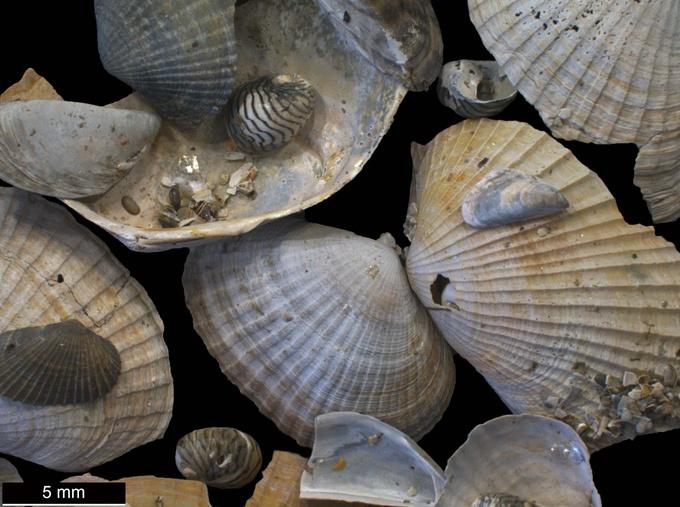
Learning from past biodiversity crises will enable us to understand the severity of the current biodiversity crisis.
Inshort
We live amid a global wave of anthropogenically driven biodiversity change and loss. Biota change profound by immigration, species and population decline and critically extirpations and even extinctions. Each of these processes can only be analyzed in a strong geographic and temporal framework and is impacted by abiotic boundary conditions. Possible traits underpinning species persistence during rapid environmental change include their adaptive potential, and greater than expected tolerance levels. Furthermore, ecosystems can have a buffering capacity resulting in lower than expected biodiversity loss until a tipping point is reached when large turnover occurs.
We study drivers of turnover in very different ecosystems and timescales. The rise and demise of the unique brackish-adapted Pontocaspian biota that evolved in the past two million years in the Black Sea – Caspian Sea region and are now facing a severe crisis for example. But also the evolution of modern communities in the North Sea, being the result of mostly extinctions and immigration in the past four million years. A better understanding of how species respond and which processes underpin these responses is crucial for assessing vulnerability and guiding conservation.
From 2015 until 2018 15 PhD students are challenged to unravel the rise and demise of the unique brackish-adapted Pontocaspian biota in the so-called PRIDE programme. An EU Horizon-2020 Innovative Training Network. More information about the programme.